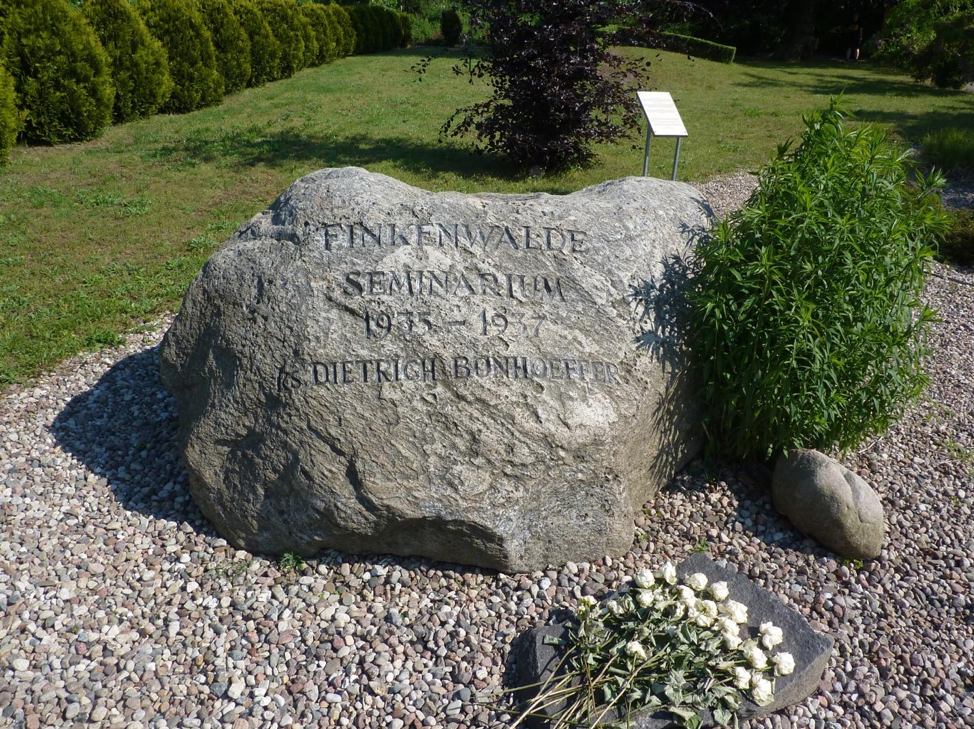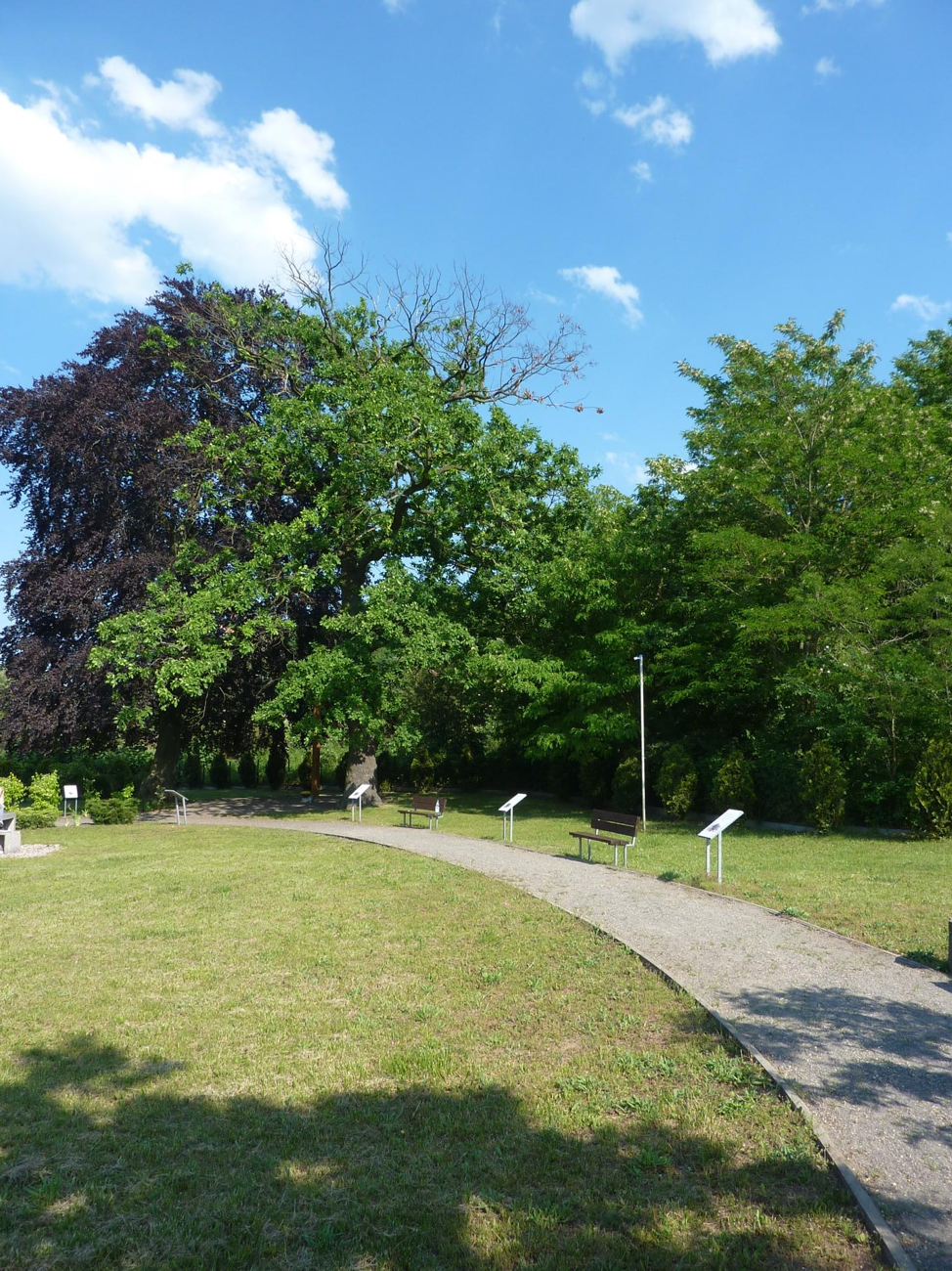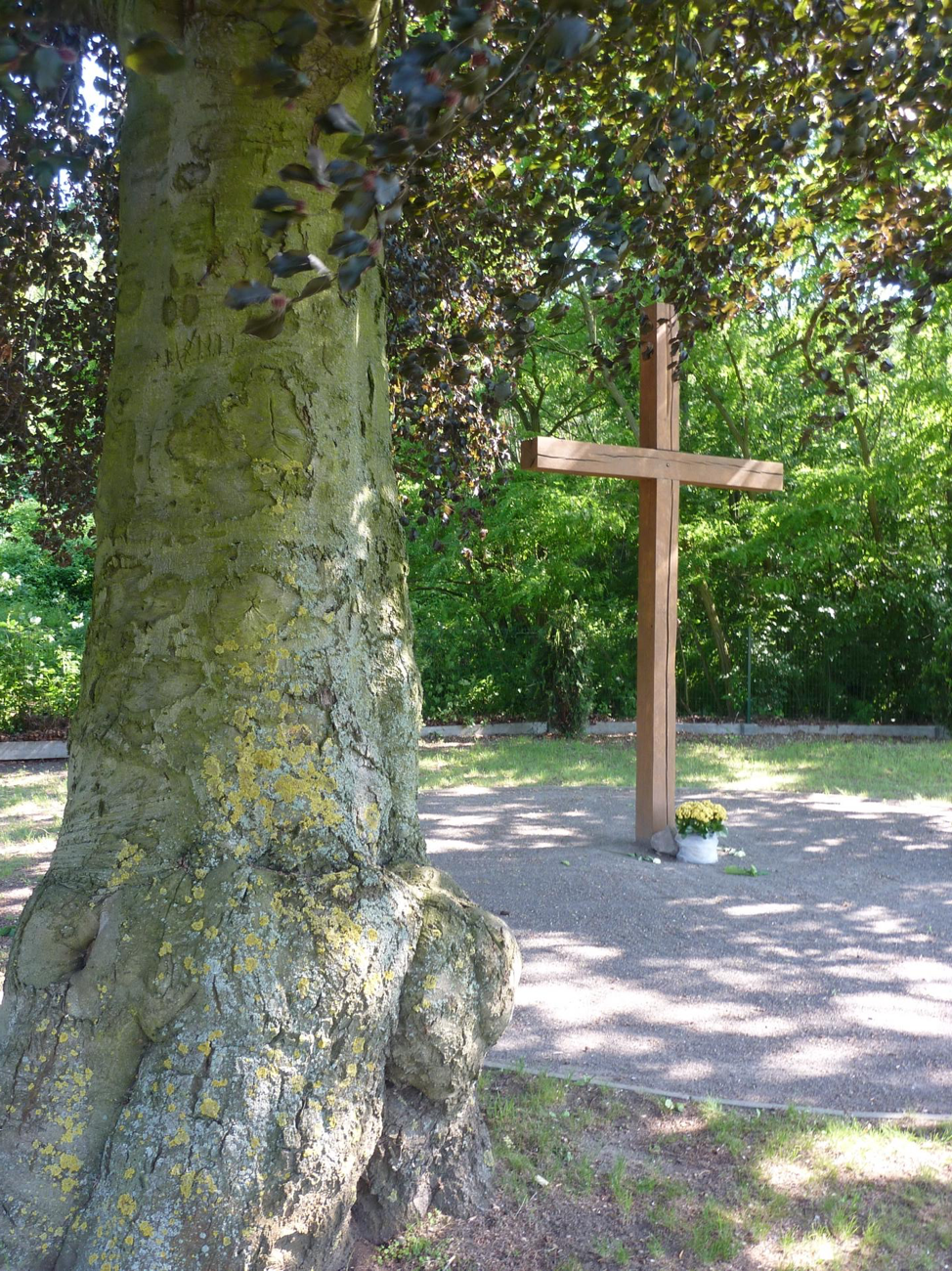
The Bible stands at the center of our work. It has once again become the point of departure and the center of our theological work and all of our Christian activity.Finkenwalde Students' Letter to Supporters (October 1935)
Time: June 1935-September 1937
Location: Jabloniowa 6, Szczecin, Poland
Our drive from Zingst to the Finkenwalde site in Szczecin (Stettin in Bonhoeffer’s day) was about 250 kilometers. As we crossed the Polish border, I thought about how Finkenwalde fulfilled Bonhoeffer’s vision of a church-community following Christ to the cross. In Finkenwalde, Bonhoeffer and the others built a household of learning, worship, friendship, shared ministry and hospitality. They did so by putting the Bible at the center of their work.
Finkenwalde 1935
In June 1935, Finkenwalde was a suburb outside Stettin, an industrial town on the Oder River. Finkenwalde was connected to Stettin and Berlin by rail, and Stettin was the headquarters of the Confessing Church in Pomerania. Thus, the seminary was in a strategic location.
The place the Confessing Church secured had once been the manor house for the von Katte family. Thus, it was spacious enough to provide living, study, and worship space. Estates played a large role in Bonhoeffer’s work, as the rest of our trip proved. The building had most recently served as a private school, so a gymnasium had been attached to the house.
Immediately upon arrival the seminarians put the place in order. Confessing Church congregations contributed food, furniture and money to the project. A few months later it became illegal to take offerings for Confessing Church causes in churches, and such support declined. The students and a local sculptor refitted the gymnasium into a chapel. A Confessing Church congregation formed there. Bonhoeffer and the students shared the ministry while they were there, but the congregation lasted into the war years.
This church-community shared life together: morning and evening worship, study, relaxation, theological debate, singing and the frustrations associated with communal living. Retreats for pastors and theology students soon began. Pastors and others who had been arrested and beaten took shelter there. Spouses of those victims found support at the seminary. Five sessions were completed before the Gestapo closed the seminary in September 1937. By then, 113 students and dozens of others had experienced a church community, a household of faith and good works.
Finkenwalde 2019
June 3, 2019 was hot, over 30 degrees (Celsius). Szczecin has swallowed up Finkenwalde, which is now within the Zdroje suburb. On Jabloniowa Street we were delighted to find a sizeable park dedicated to Bonhoeffer and the seminary. Opened in 2012, the park also memorializes Bonhoeffer’s writings. Upon entering, we saw old portions of the building’s foundation and a carved boulder announcing the site. A circular path led to various signs containing Bonhoeffer quotations in English, German, and Polish. The local train roared past.


In one corner a large wooden cross stood by a mature shade tree. Nearby was a stone table with one chair upright and one toppled chair symbolizing a family member’s absence. As we left two neighborhood girls were sitting on the table, chatting away. They might have been Bonhoeffer confirmands in the old days.
The Finkenwalde household has been memorialized well. Finkenwalde remains a gathering place and place of rest for visitors and local people. It remains near the train line, near the main road, near Germany and Poland. It is no longer outside the city, but it claims space from the city. Finkenwalde abides in memory. So do Finkenwalde’s people.
Finkenwalde modeled a proper household of the kingdom of God. It is not unique in that regard. However, it remains a model for seminaries, churches and homes. As we got into our car, we were happy to get out of the heat, yet sorry we would not be back on this trip.
